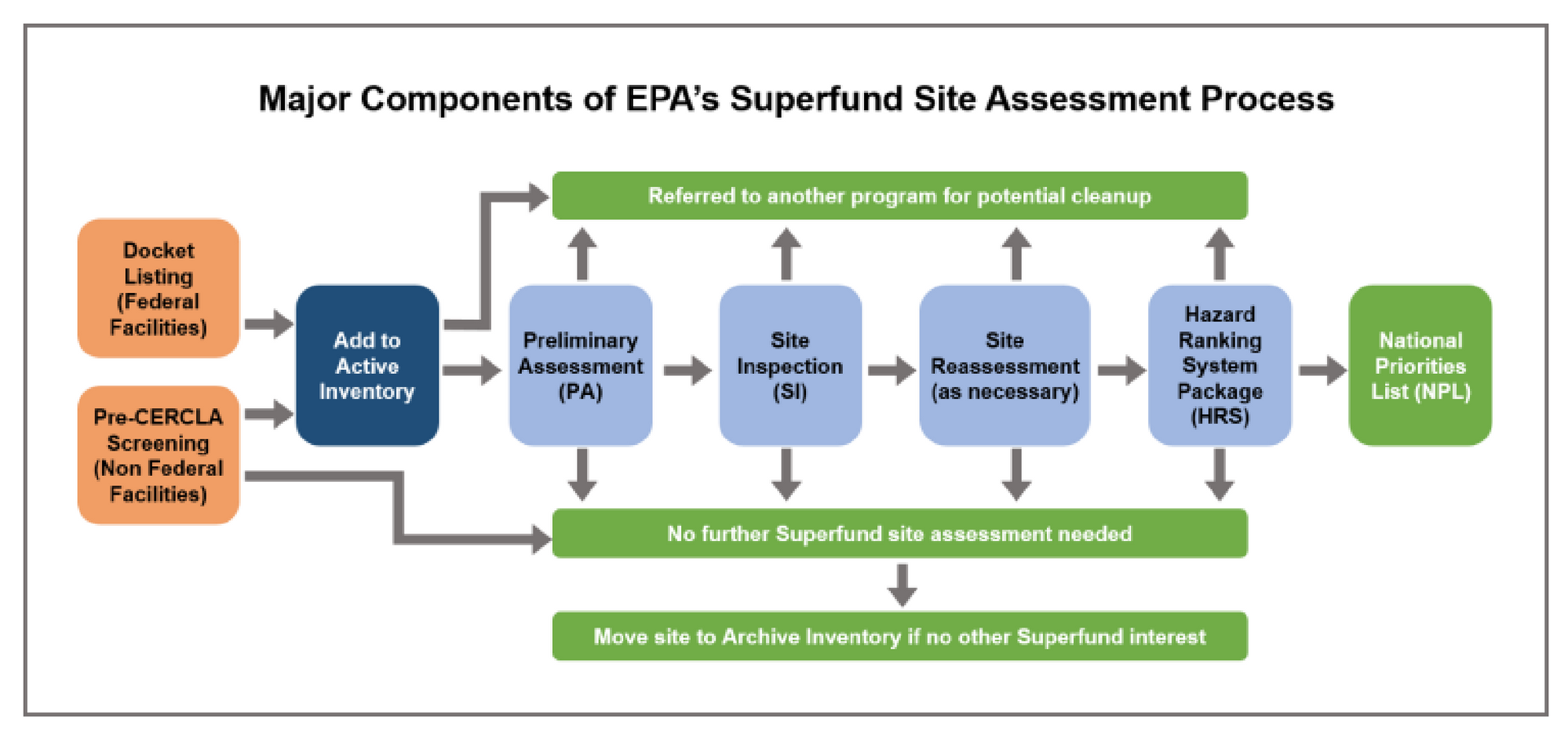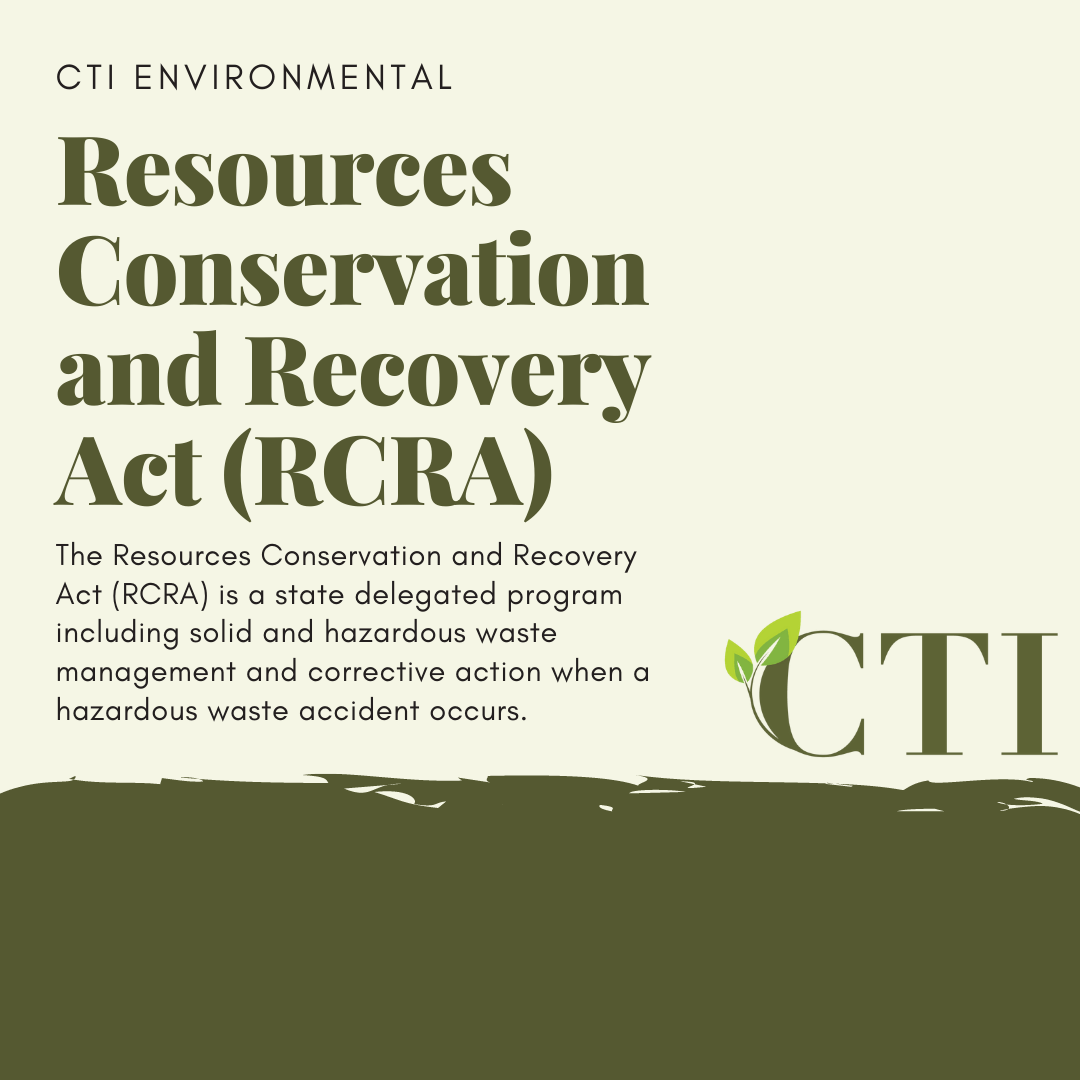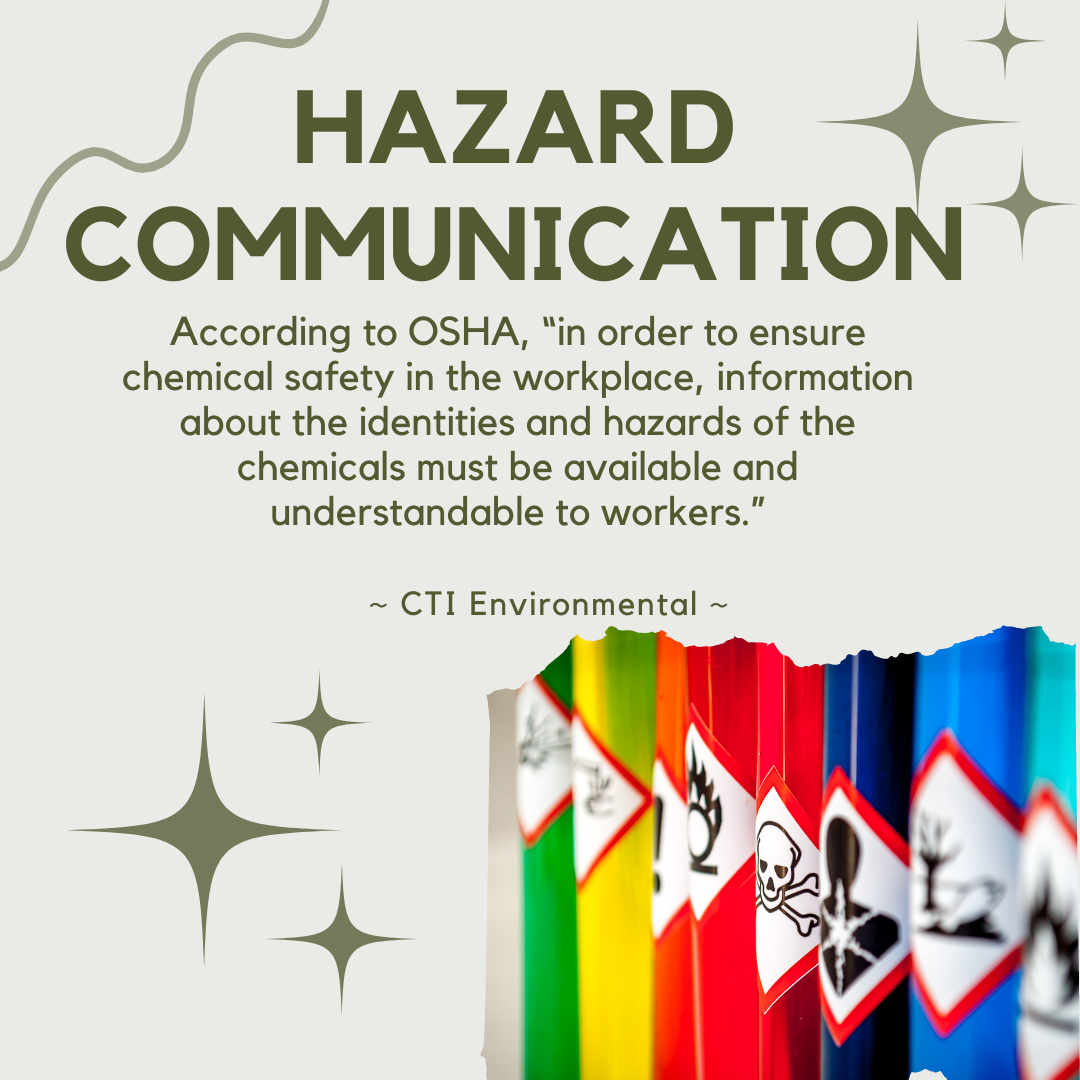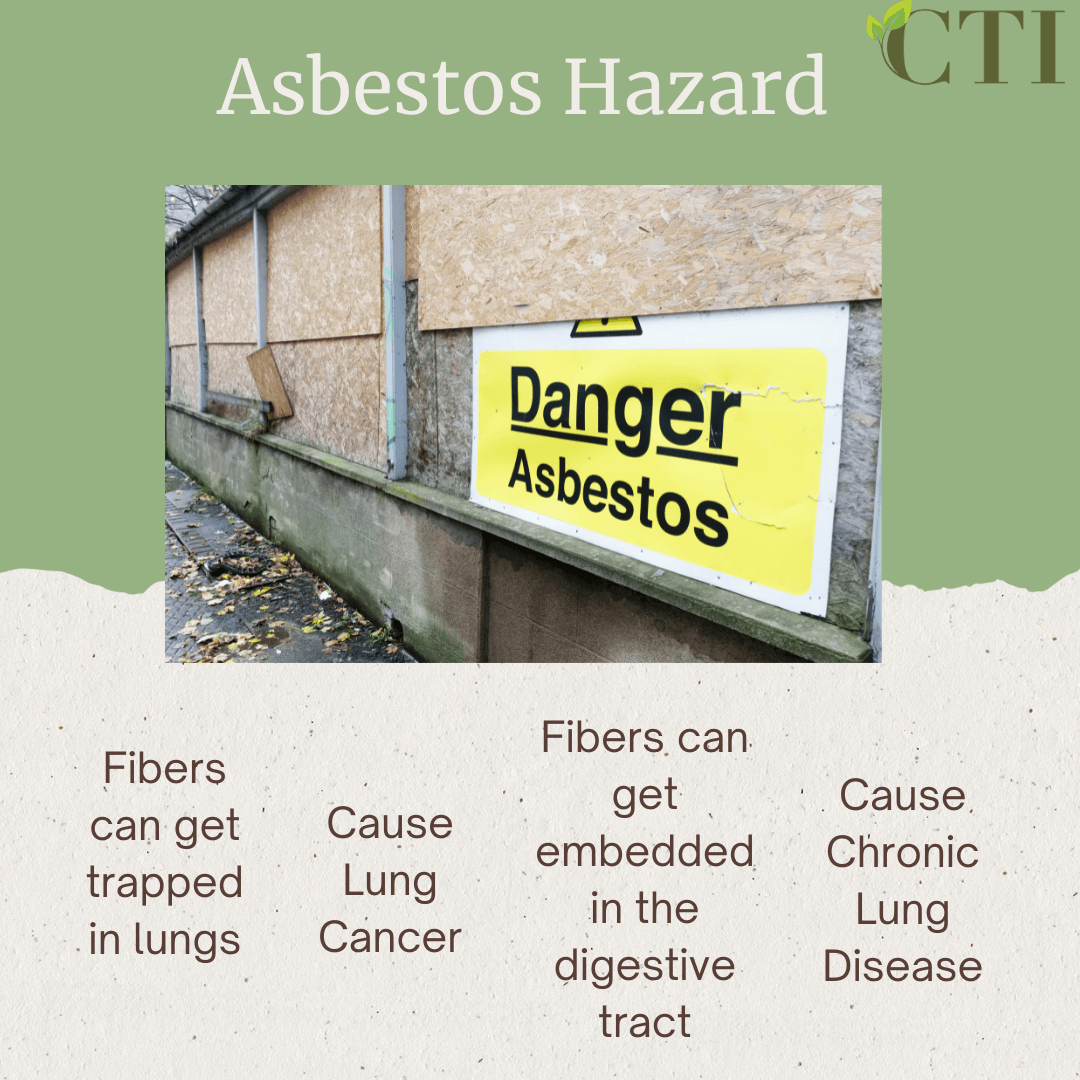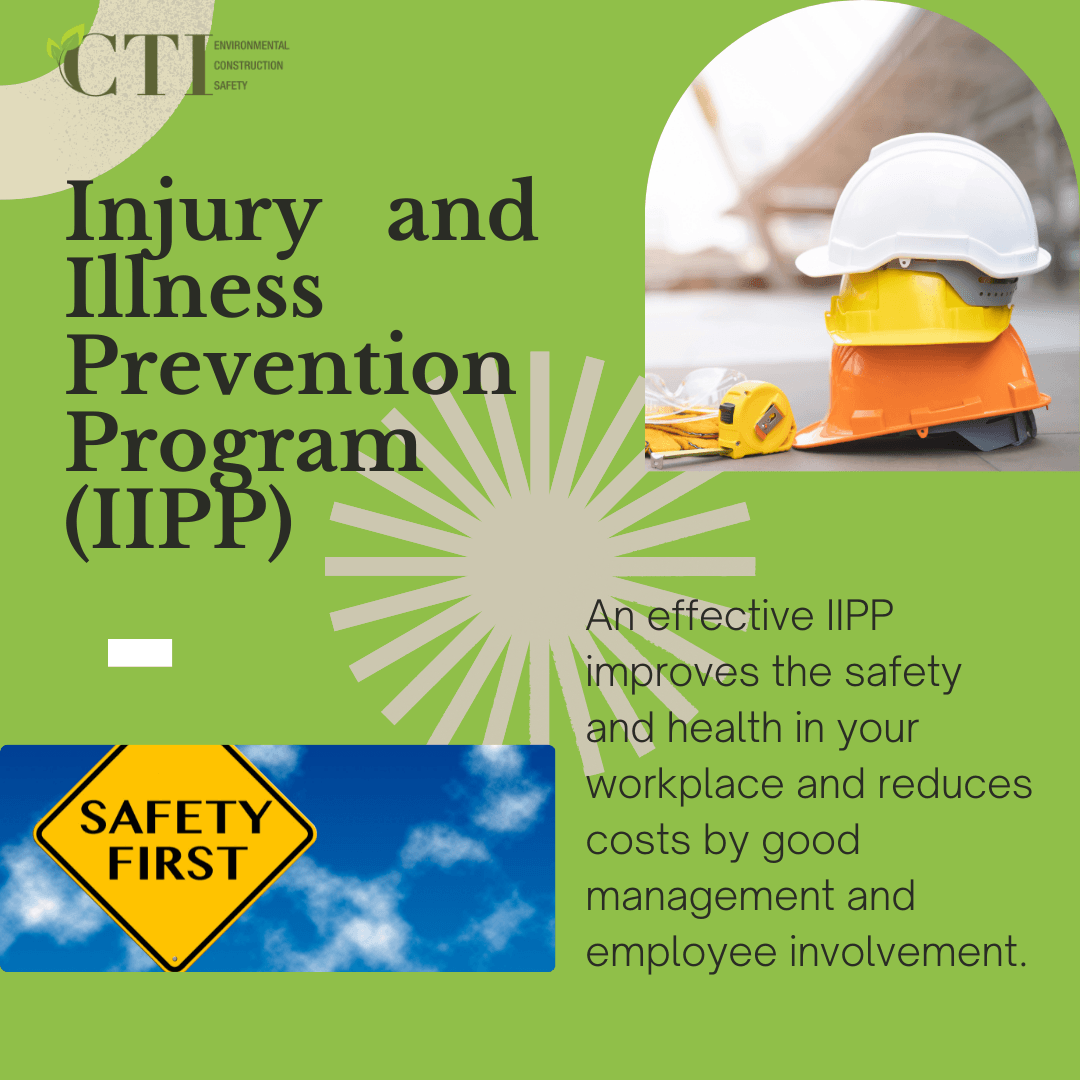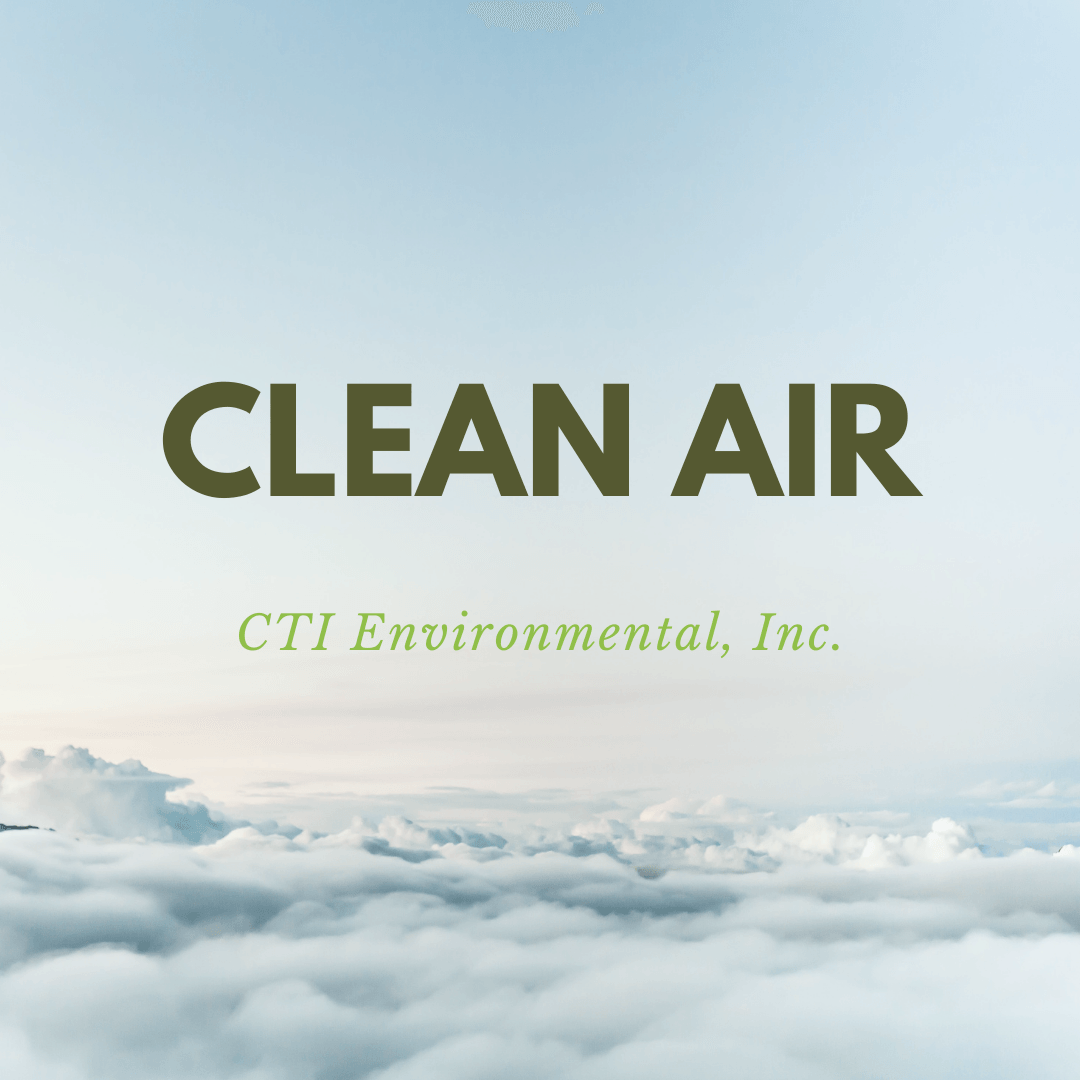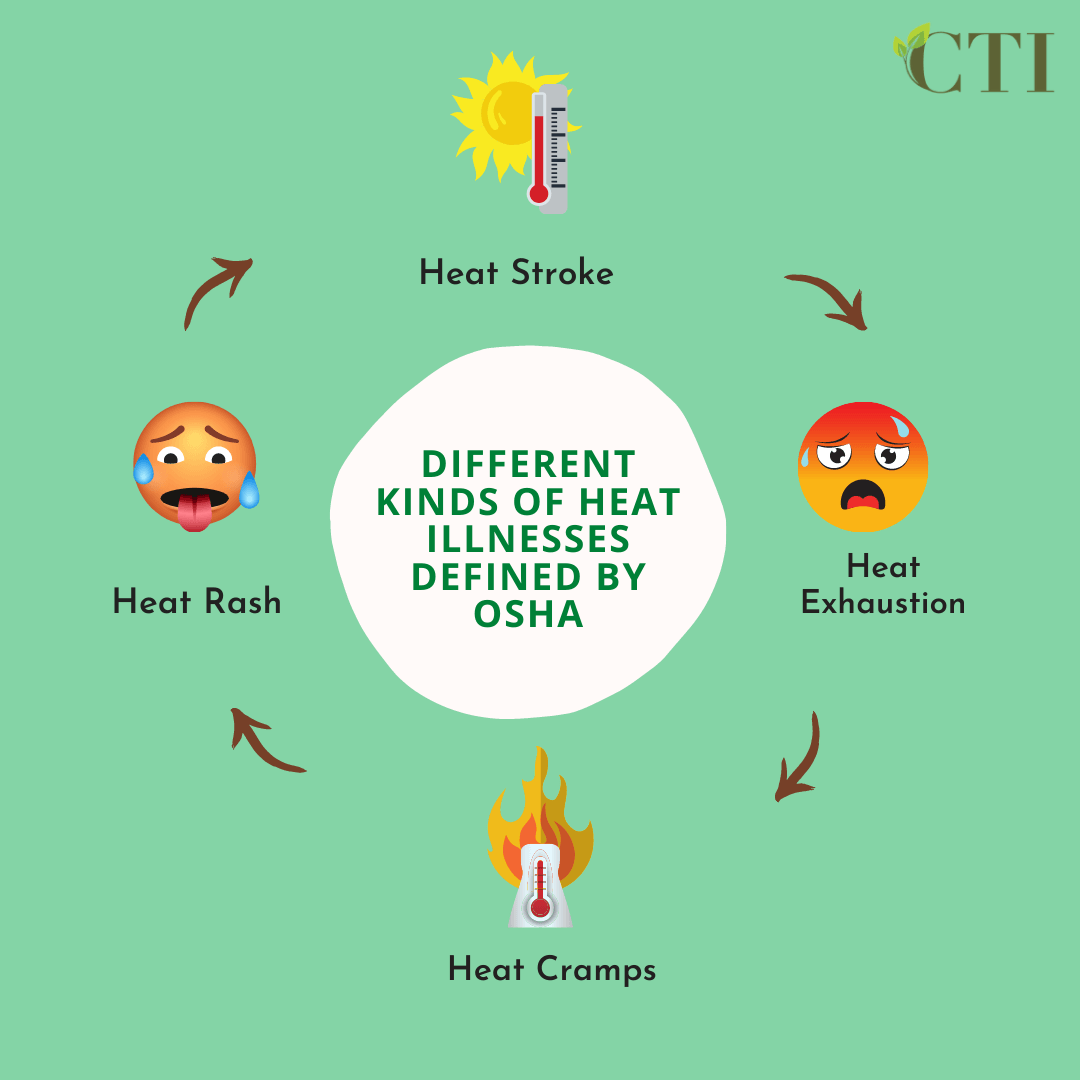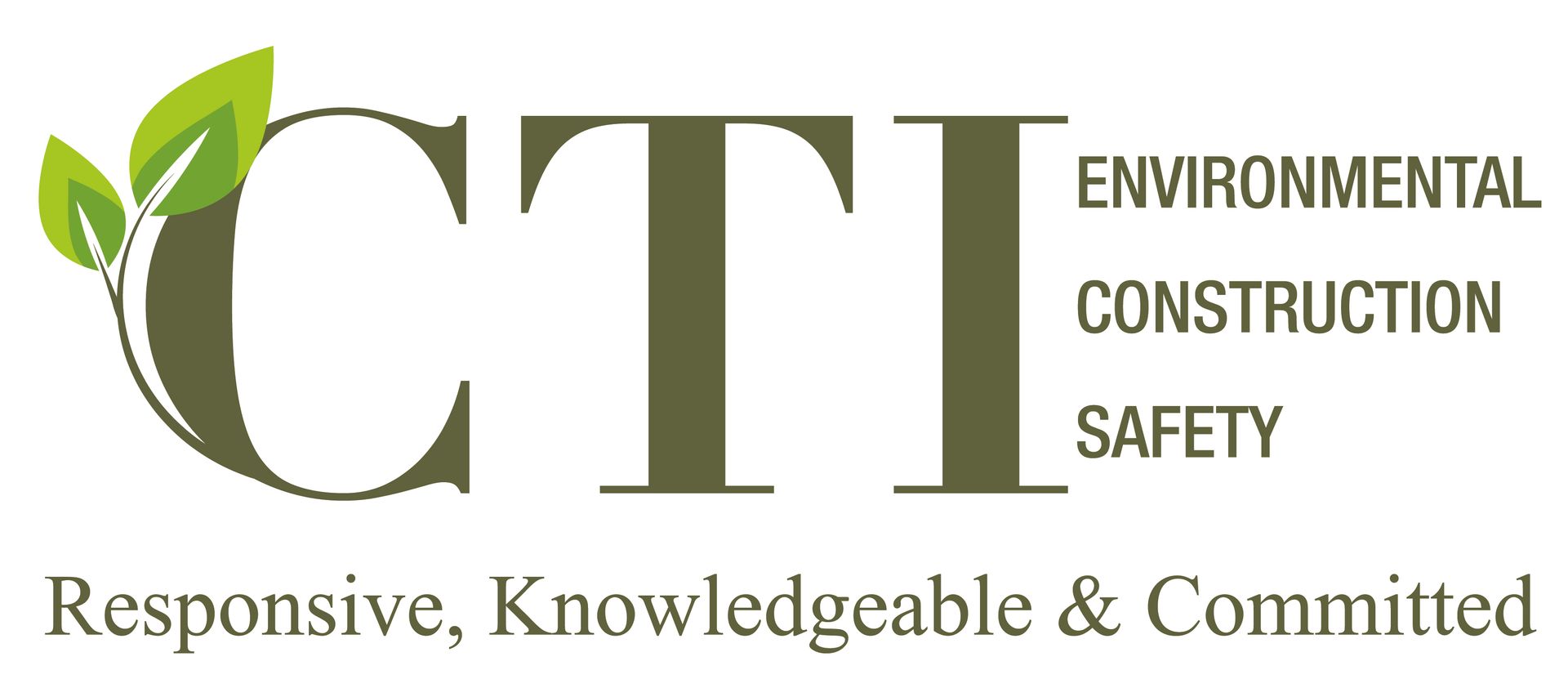Workforce Development Programs
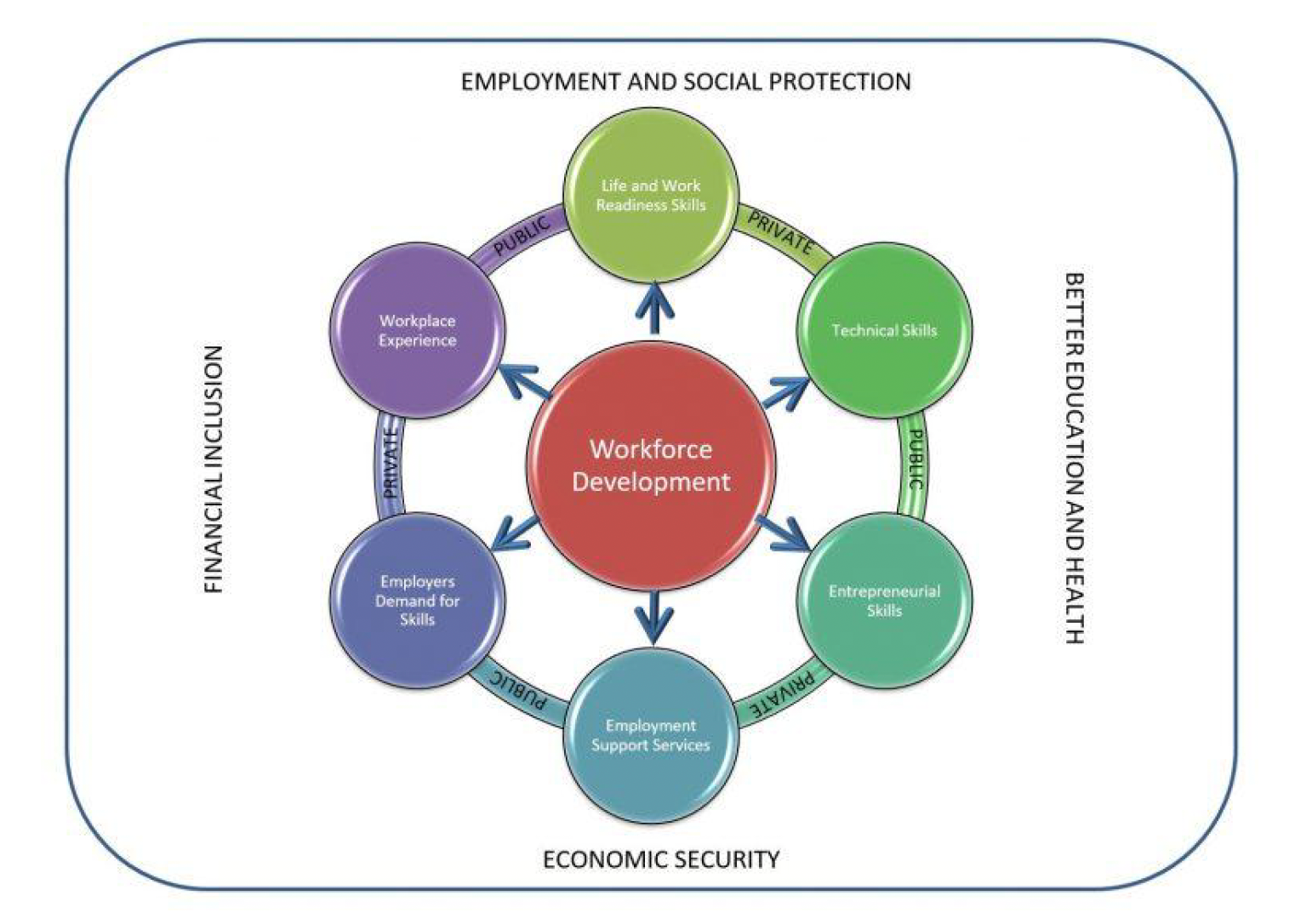
What is a Workforce Development Program?
Workforce Development Programs (WDPs) are training programs designed to assist potential and existing employees to prepare them for a competitive job market. The programs may offer education continuation, specialized skills and certifications, apprenticeship programs, and more. WDPs pinpoint specific skill gaps or labor shortages and offer training to individuals that are willing to further themselves and their careers.
Why are WDPs so Important?
Programs that are intended to develop the workforce are incredibly valuable to not only the individuals participating in them but the companies that are benefiting from them. WDPs create a workforce of more productive and qualified professionals, which in turn leads to a more efficient and prosperous economy. People are able to further their education, skills, and work readiness while companies have a wider selection of talented, potential employees. Overall, WDPs help to stimulate a robust economy that is advantageous for both employer and employee.
What is the Workforce Innovation and Opportunity Act (WIOA)?
In 2014, the Workforce Innovation and Opportunity Act was passed in the State of California. The WIOA mandates that there must be local and regional planning of the workforce. With seven Workforce Development Boards (WDBs) to oversee the 10.1 million residents of Los Angeles County, there is significant preparation for economic development, education and the workforce system. According to the Los Angeles Basin Regional Workforce Development Plan, “All seven local boards have all been actively involved in regional planning by reviewing State guidance, providing copious resource documents and reference materials, organizing regional forums, and meeting regularly as a group and individually to share insights, make decisions and set goals for regional coordination”. In addition to these large scale plans, there are local organizations like Pacific Gateways, that focus on community outreach and contribute to workforce development. These initiatives have been very successful in benefiting the economy and the people that choose to participate.
Citations
https://myworkchoice.com/blog/workforce-development/?utm_source=google.com
https://gsdi.unc.edu/our-work/workforce-development/
https://www.pacific-gateway.org/localplan2017/larpu_regional-plan_draft-jan2017.pdf
https://www.pacific-gateway.org/
